Our group had agreed to meet at the lobby twenty minutes after we concluded our meal.
The Sanctuary was a five-minute walk from our hotel, according to our Tour Director. We were going to join the Torchlight Marian Procession scheduled at 9:00 pm. It was a good thing I went with him. There were others that left the hotel earlier and others that left after us. I wouldn’t have known the “short-cut,” if it weren’t for him. He led us to the back alley where an elevator brought us down to Place Merlasse. From there, it was straight ahead to the shrine’s side entrance. Had I been on my own, I would have gone around the hotel’s front entrance and would have taken the route along the river, which was what most of my fellow pilgrims that didn’t go with us had done. We bought our candles from one of the many souvenir stores along the streets leading to the shrine.
When we arrived at Rosary Square, preparations for the torchlight procession was already underway. The bier bearing the processional statue of the Blessed Mother was already parked at the starting point and some pilgrims have already positioned themselves in single files behind.
We all headed to the Grotto of the Apparitions first, the heart of this Marian Sanctuary. Though stark and unadorned, with only the rocks and boulders over it and the plain stone altar in the centre, the Grotto is the centre of attention of all the pilgrims. Above the main recess is the niche where the apparitions took place. A statue of the Blessed Virgin Mary dressed in a white flowing robe with a blue sash around her waist, carved by Lyonnais sculptor Joseph-Hughes Fabisch, stands at the exact spot where Mary appeared.
At the back left of the Grotto is the spring that was said to have been dug by Saint Bernadette following Mary’s instructions, and is now shielded by a glass cover. There was no Mass that time, so we were able to walk under it and touch the rocks directly under the statue. We also lit candles. The stand of tall, white candles next to the altar is kept burning throughout the year. At the rear of the Grotto stands a metal box where we dropped our written prayer petitions. We were told that the sheets of paper are collected daily and burnt as a form of sending up our prayers to heaven.
To give way to the crowds waiting for their turn, we continued our prayers on one of the rows of benches installed in front of the Grotto. On one side was a paving slab that marks the spot where St. Bernadette prayed to the Blessed Virgin.
Before heading back to Rosary Square, we made a stopover at the fountains fed by the water of the Grotto, said to be healing waters, and splashed our faces, hands, and arms. I saw some people drinking the water or filling their drinking bottles with the water, so I also took a drink. I made a mental note to come back the following day with a container.
The sky was getting dark and the orange glow from the sunset bathed the statue of Our Lady in a shimmering faint glow. The “Crowned Statue,” as it is known, stands across Rosary Square from the Rosary Basilica and faces the entrance. The church bells started pealing and they beckoned us to take our place at the line-up.
It was a big crowd that night. As candles were lit, songs were sung, prayers recited, and blessings given, the atmosphere was enveloped by something so sacred, so transcendental. After the first stanza of the "Ave Maria," the procession began. Pilgrims in wheelchairs and even stretchers accompanied by family members and caregivers were first in line, followed by a replica of the Cabuchet statue of the Blessed Virgin Mary carried by volunteers. Groups of pilgrims marched behind holding their banners that indicated their affiliations and/or the countries where they came from. A number of elderly or sick pilgrims unable to walk or those in wheelchairs unable to participate in the procession assembled in front of the church and joined us in prayer.
As the procession wound its way around the Esplanade, the congregation recited the Holy Rosary in various languages and the "Ave Maria" was sung after each decade. Throngs of other pilgrims and tourists stood on the ramps leading to the Basilica looking down on the marching pilgrims. As day turned into night, the sanctuary was dotted with the incandescent glow of candle flames and the air reverberated with the soothing chanting of the “Our Father,” “Hail Mary,” and “Glory Be” in a myriad of languages that melded into a unified prayer.
When we finished our round, the statue was brought up the ramp, in front of the Rosary Basilica, and the faithful pilgrims lined up in front. We sang the “Lourdes Hymn” with verses in different languages, then prayer petitions and intercessions were recited, followed by the singing of the “Laudate Mariam.” Final blessings were given in Latin and all of us pilgrims were invited to do the “Sign of Peace” with each other before we peacefully departed our lines and went our separate ways.
We walked back to the Grotto where we deposited our candles still aglow at the Prairie, a grassy space where several candle holders called brulieres were installed. Pilgrims usually leave procession candles there and attendants called feutiers ensure that they are burnt safely.
In the corner of the Prairie is the tent-like Chapel of Adoration, consecrated in 1995 and given over entirely to veneration of the Blessed Sacrament, There is also an open-air altar for outdoor ceremonies. I said a short prayer of thanksgiving and walked back to the hotel with a feeling of peace and serenity. I slept so soundly that night.
Photo Credits:
latimes.com, Preacherdoc (Wikipedia.com), thecatholictravelguide.com, catholicnewsagency.com





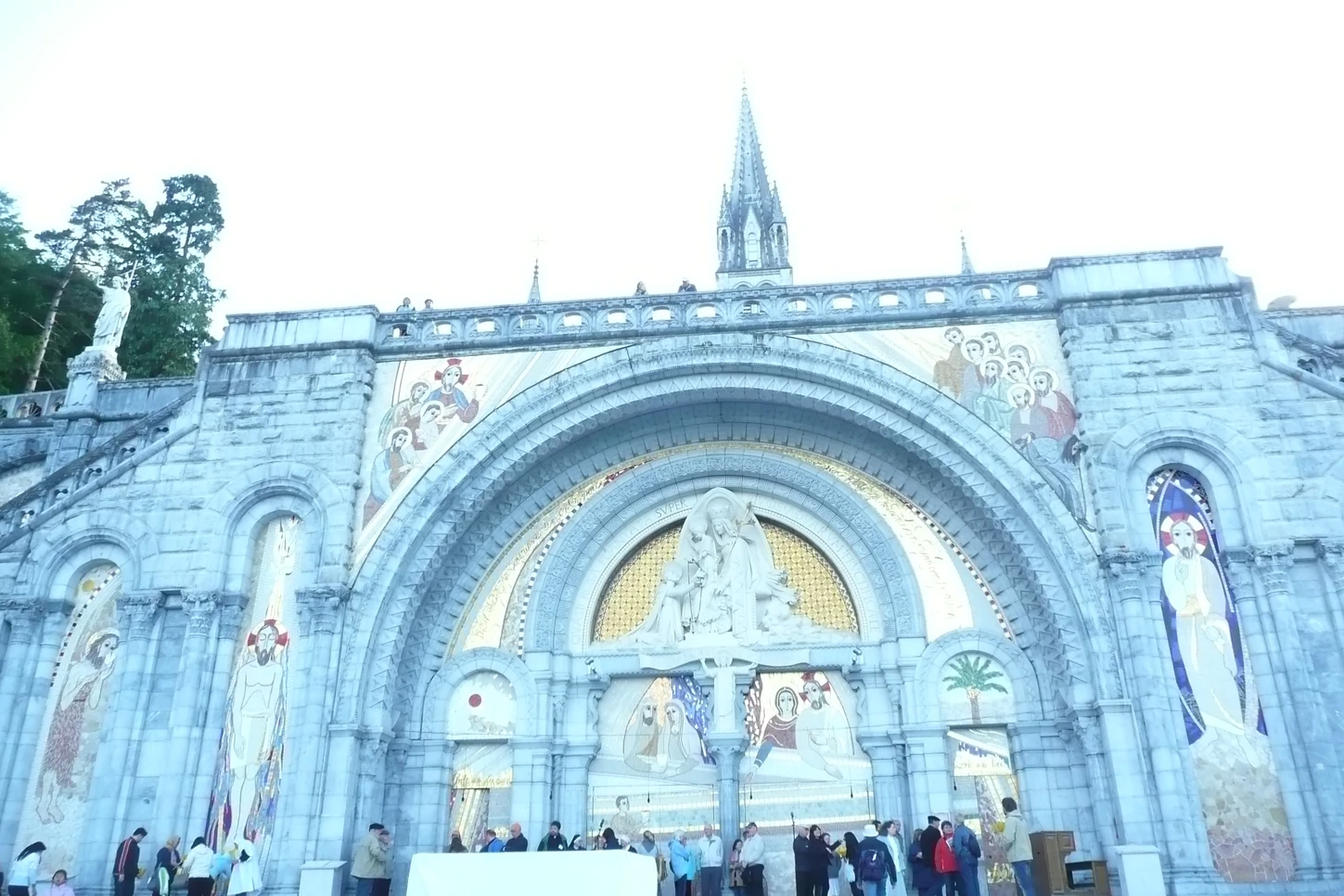
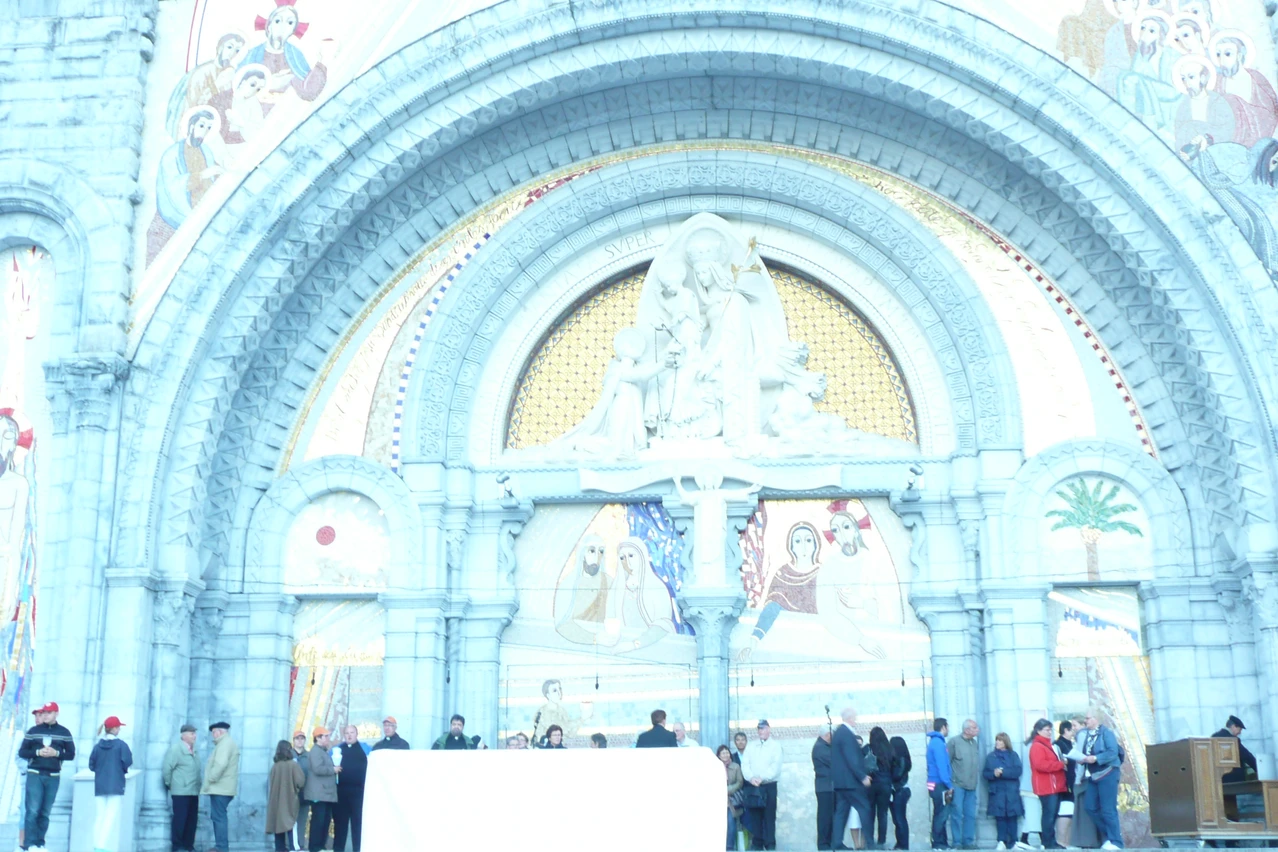
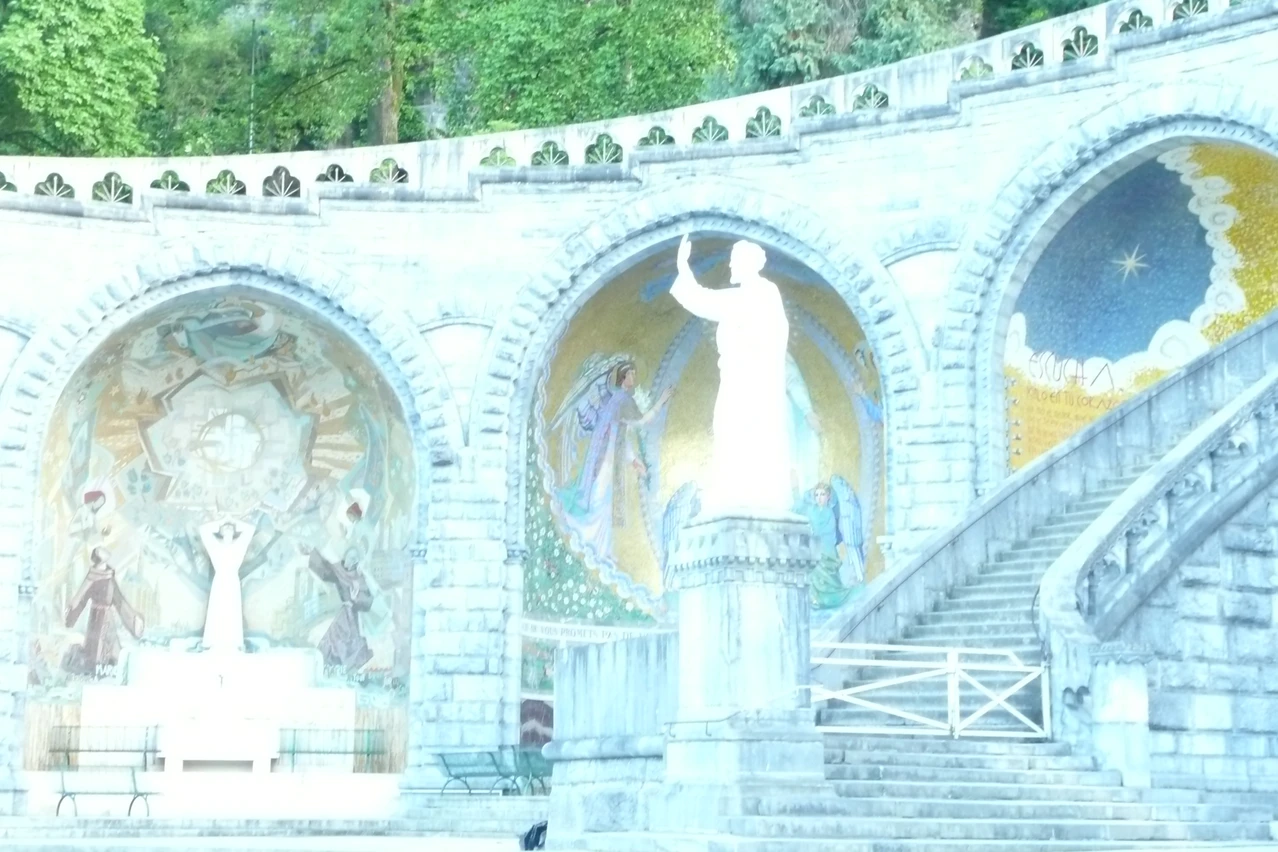
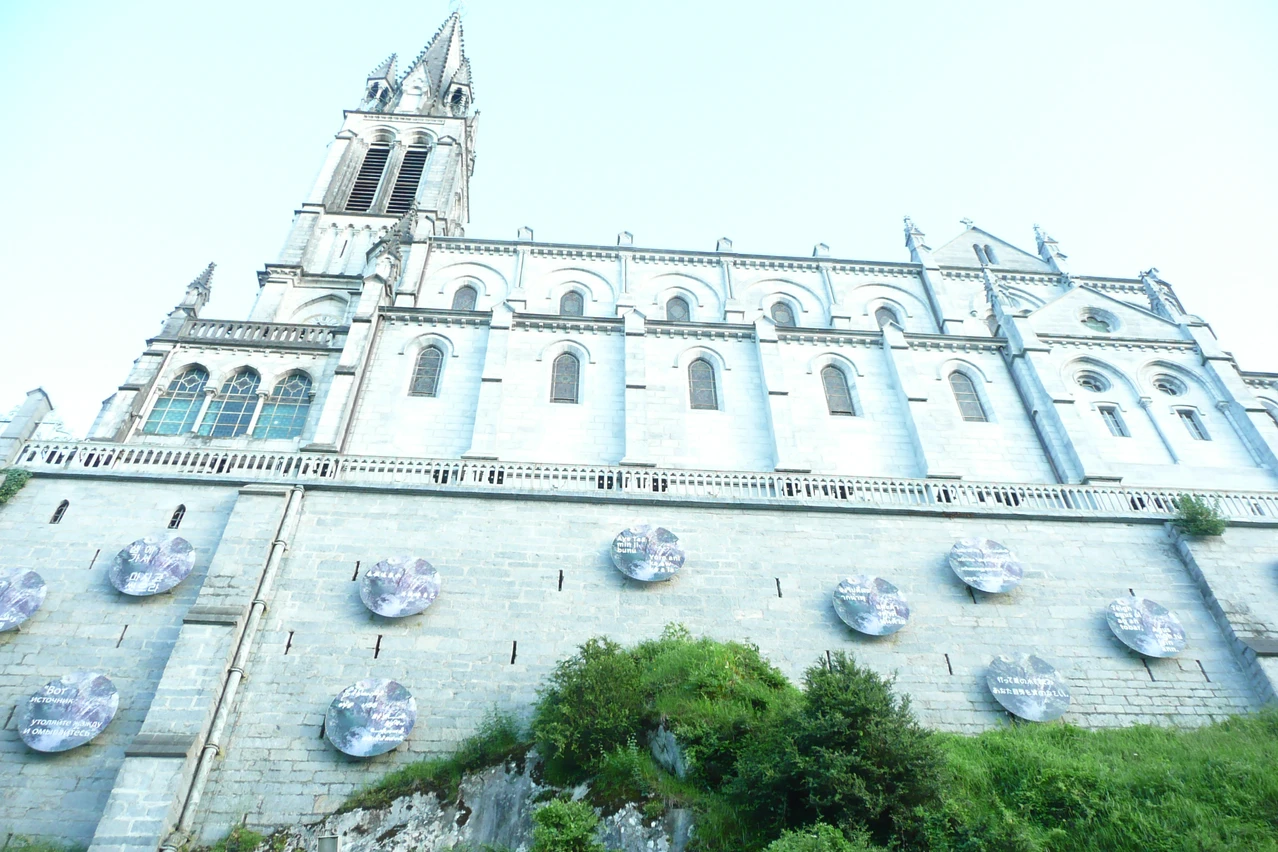


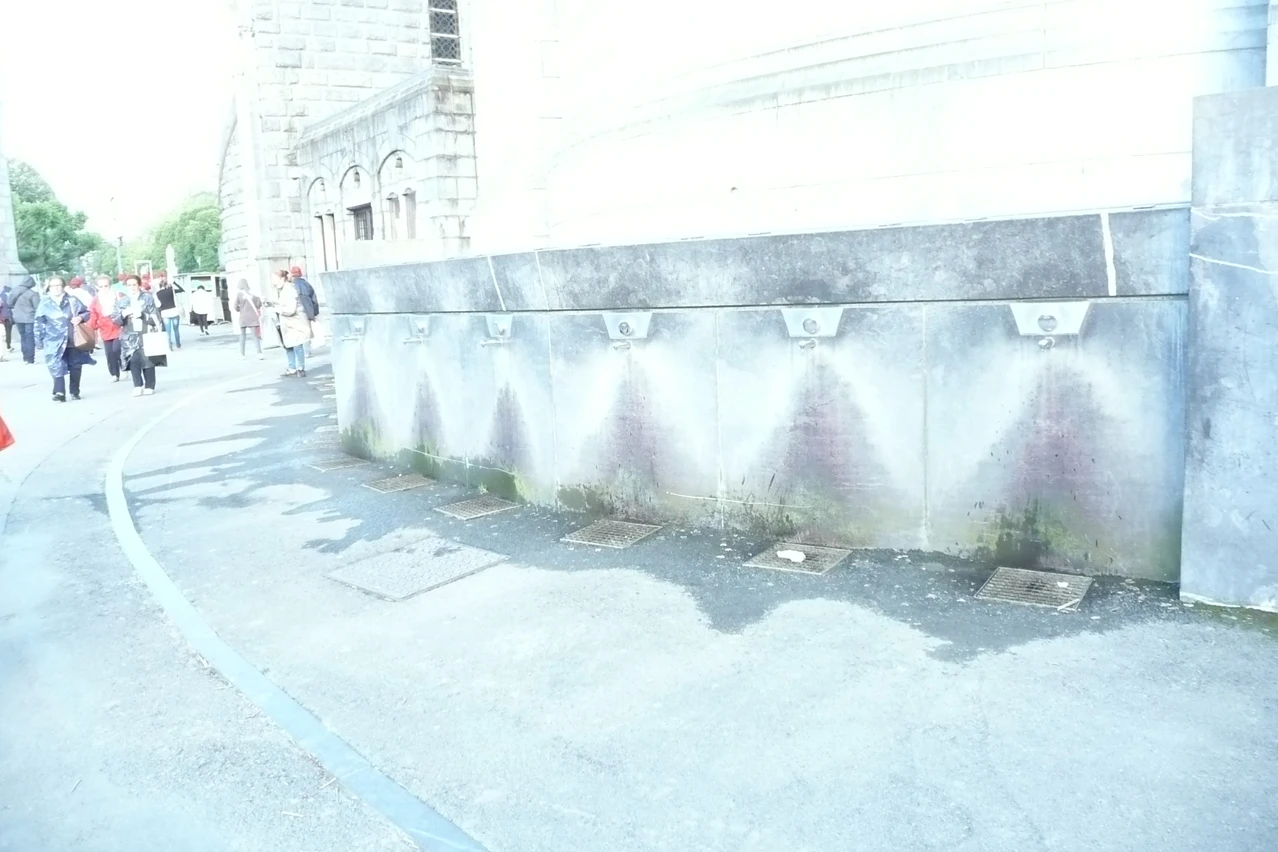
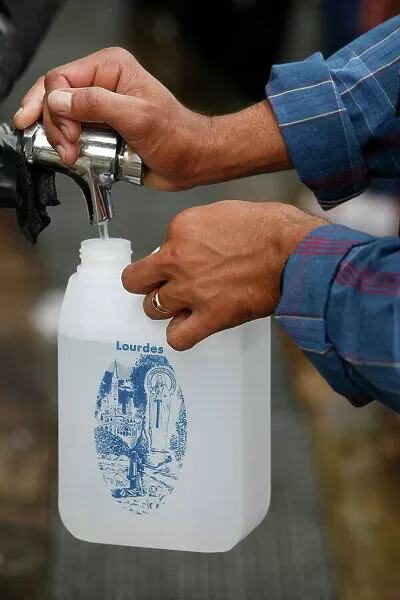
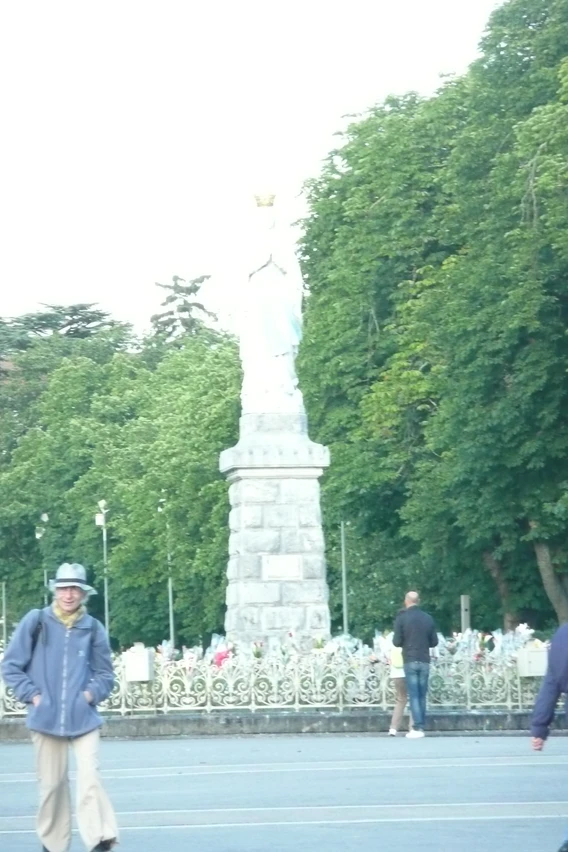
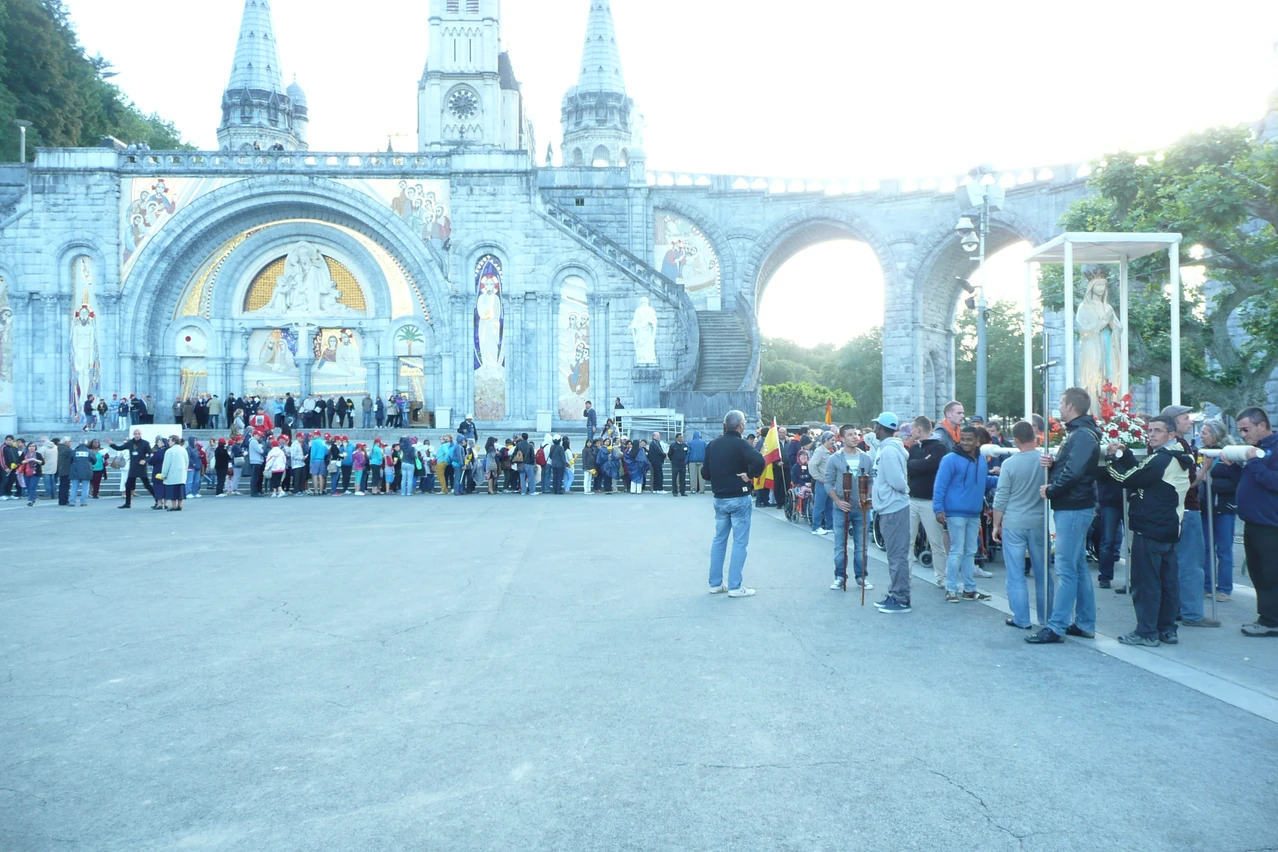

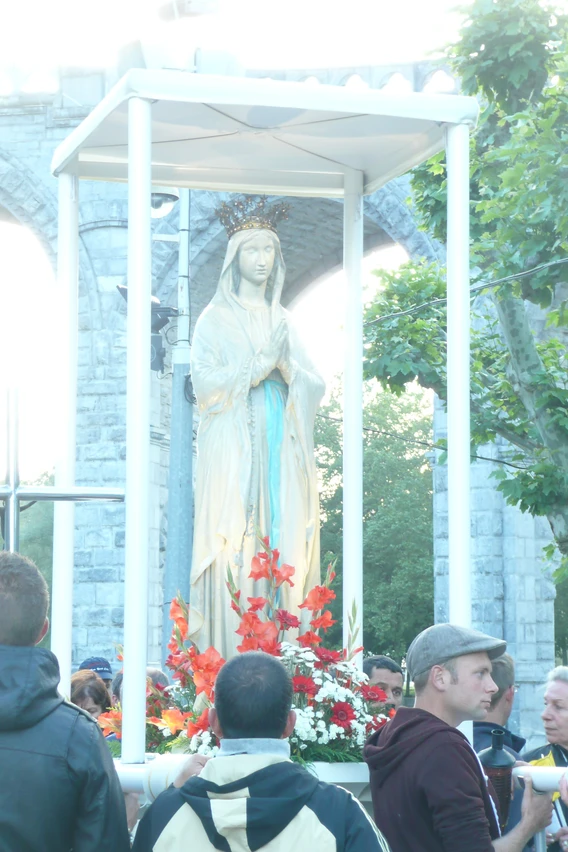
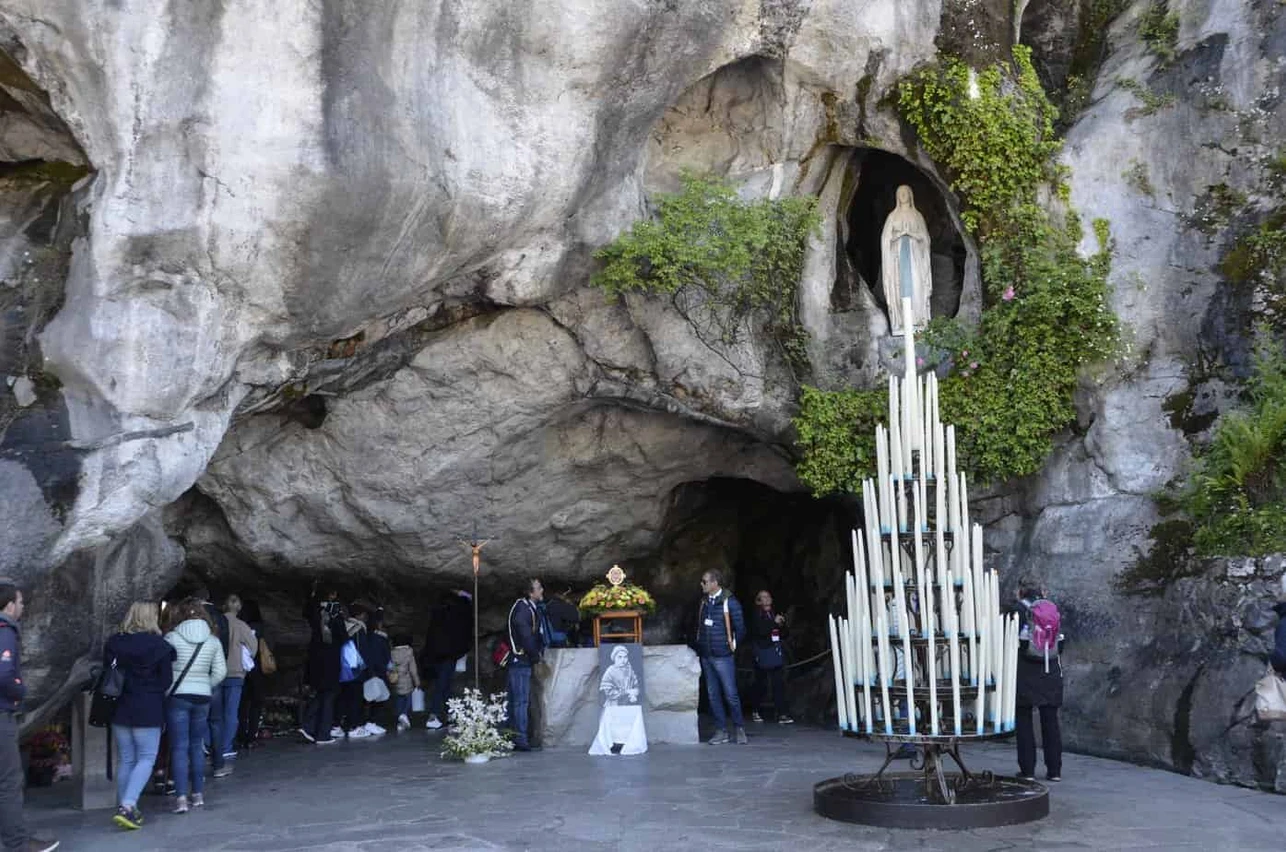


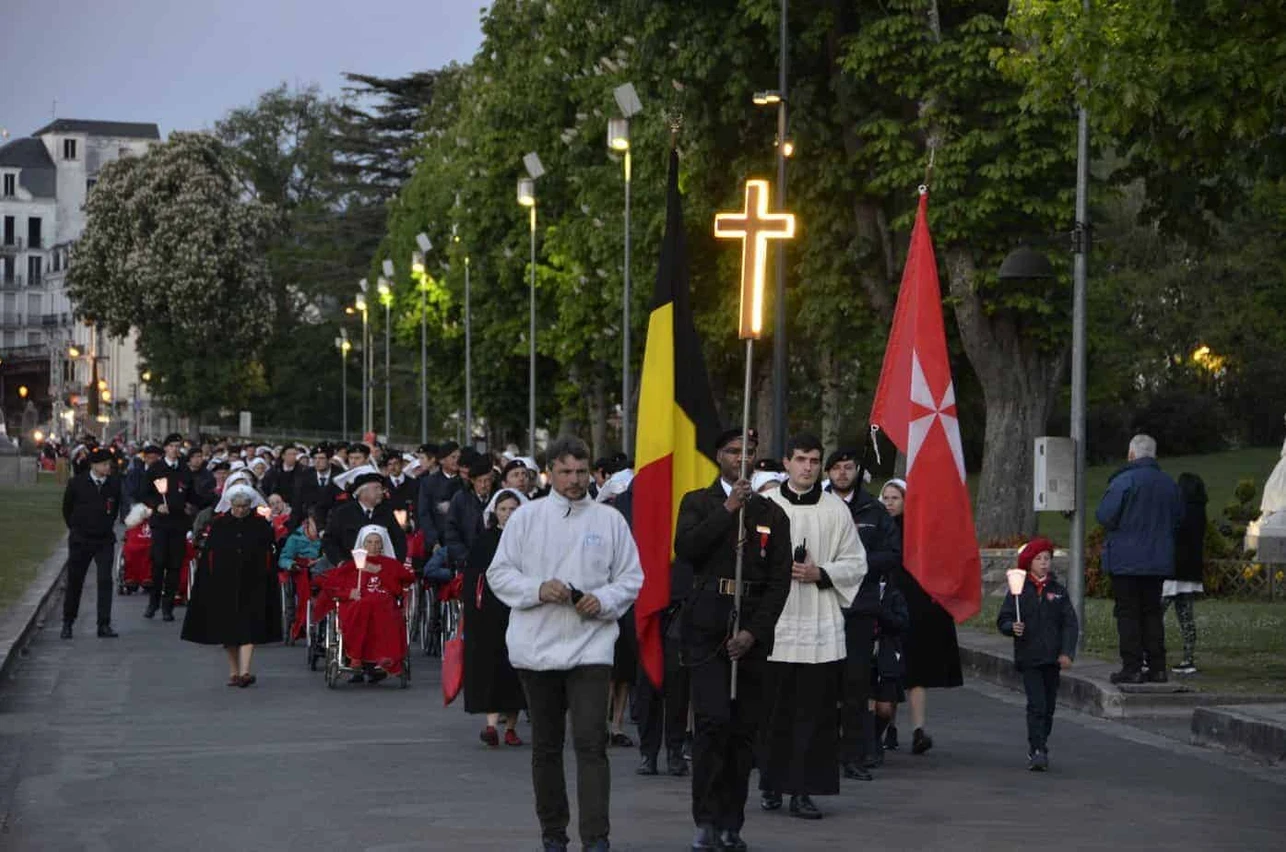
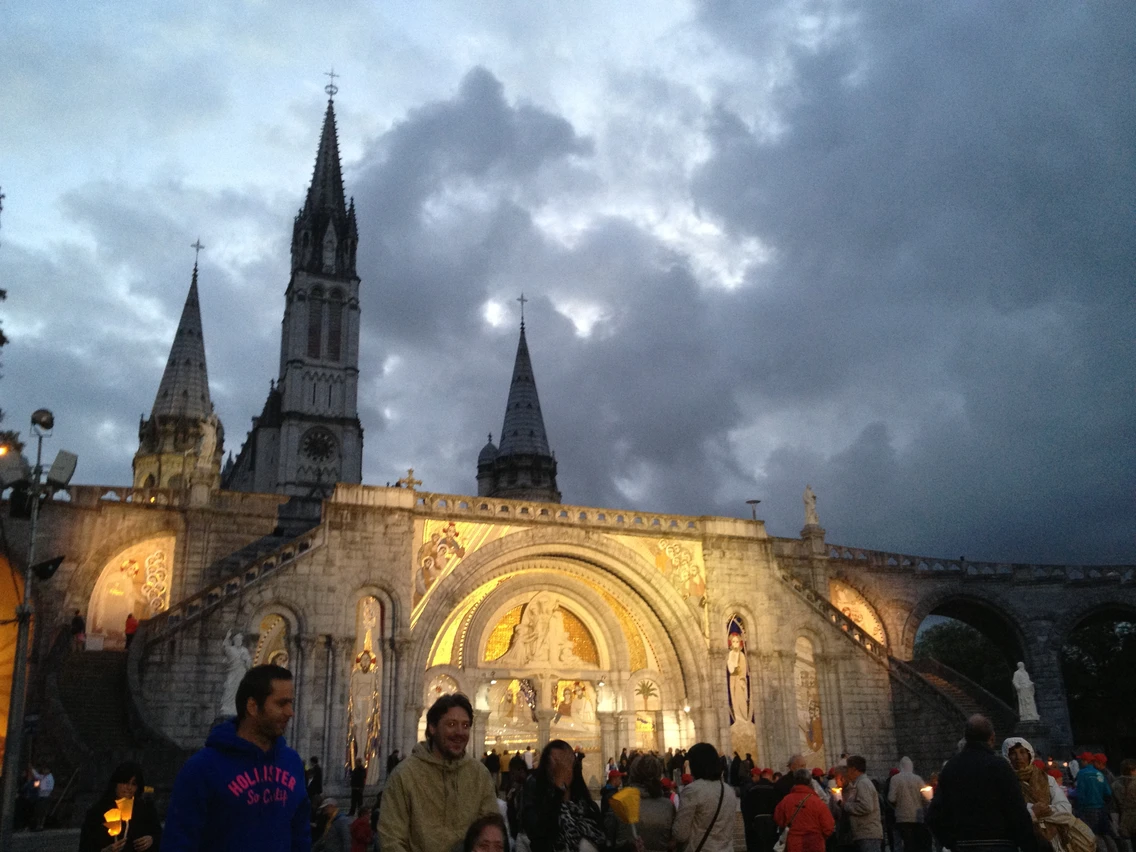
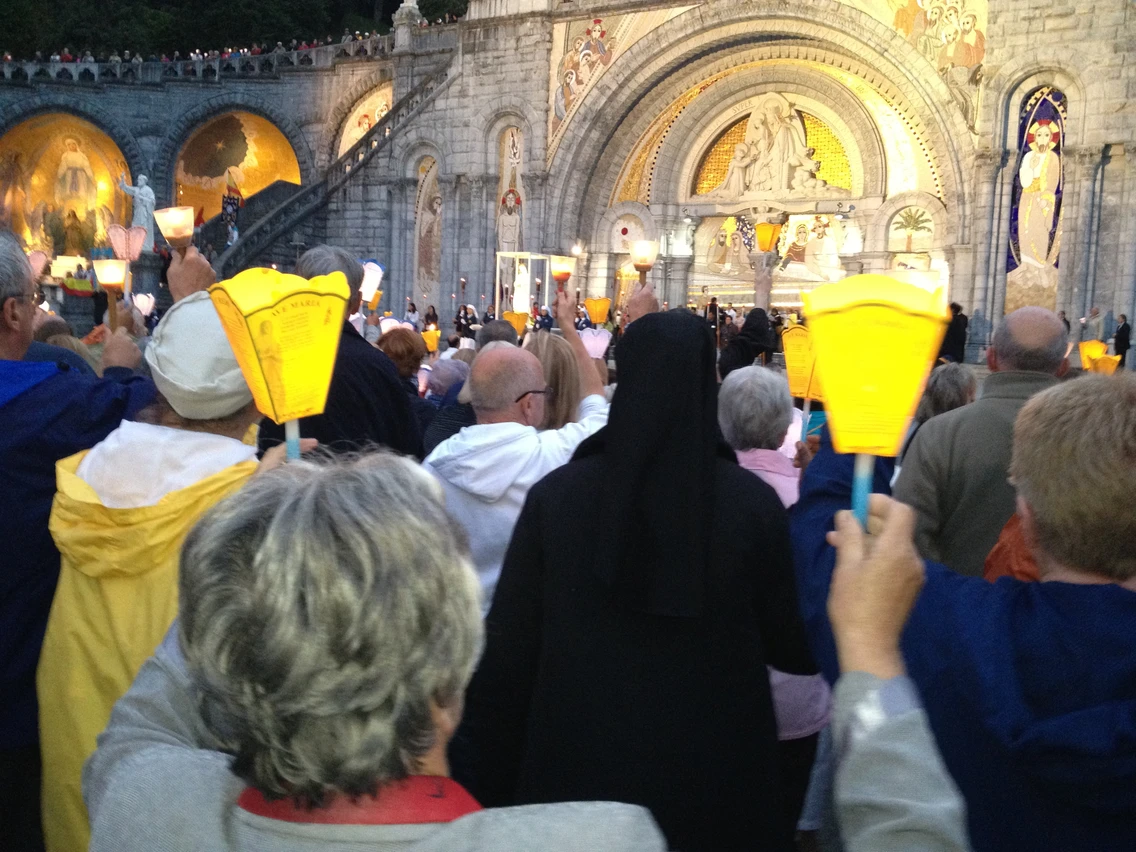
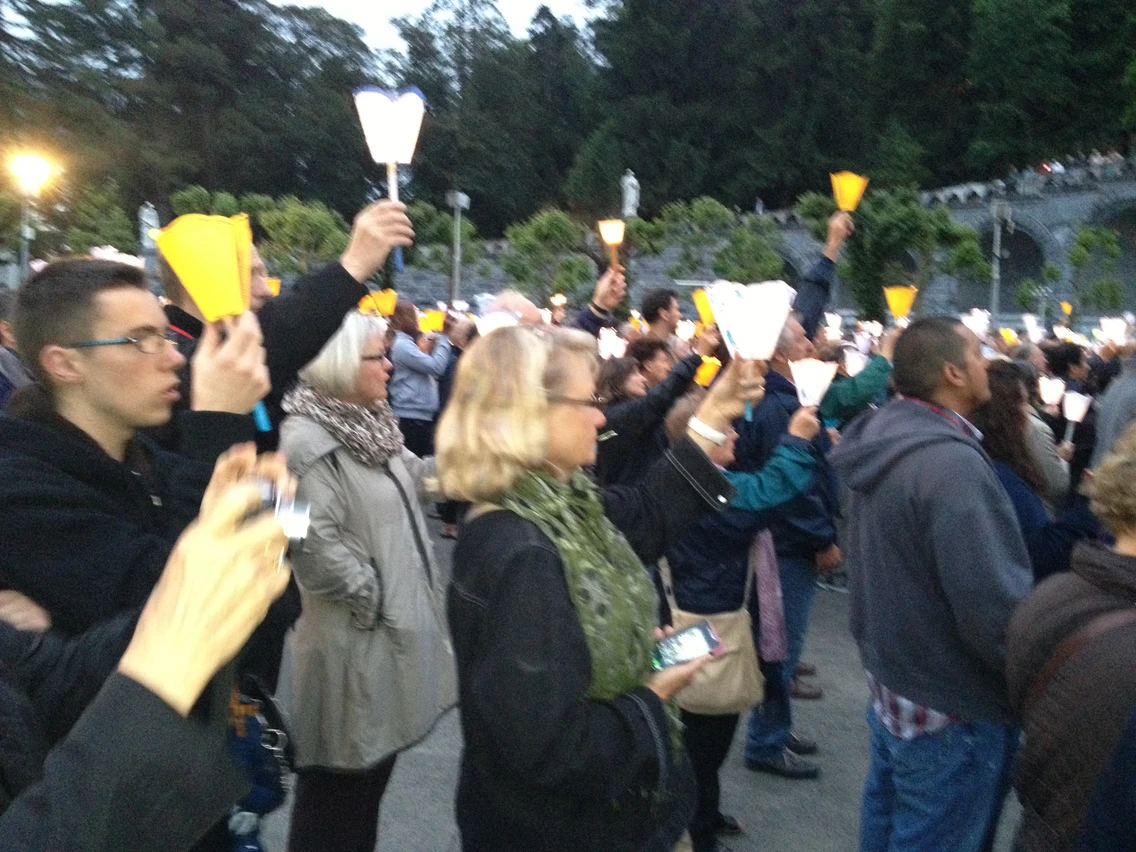
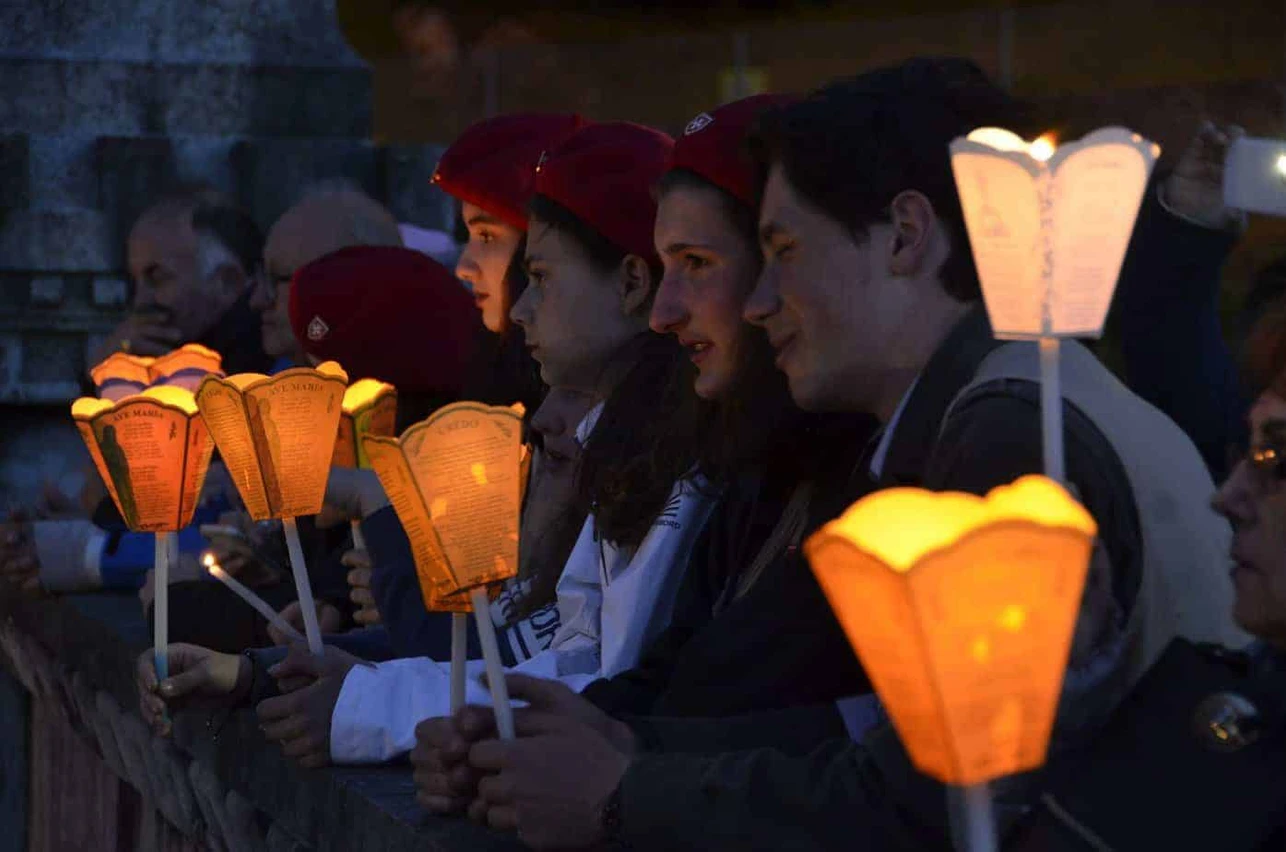

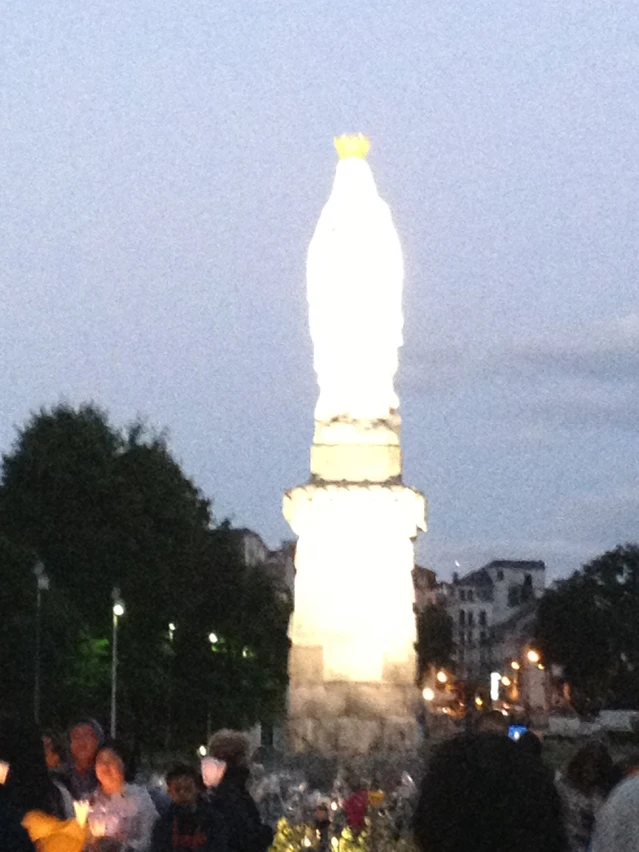
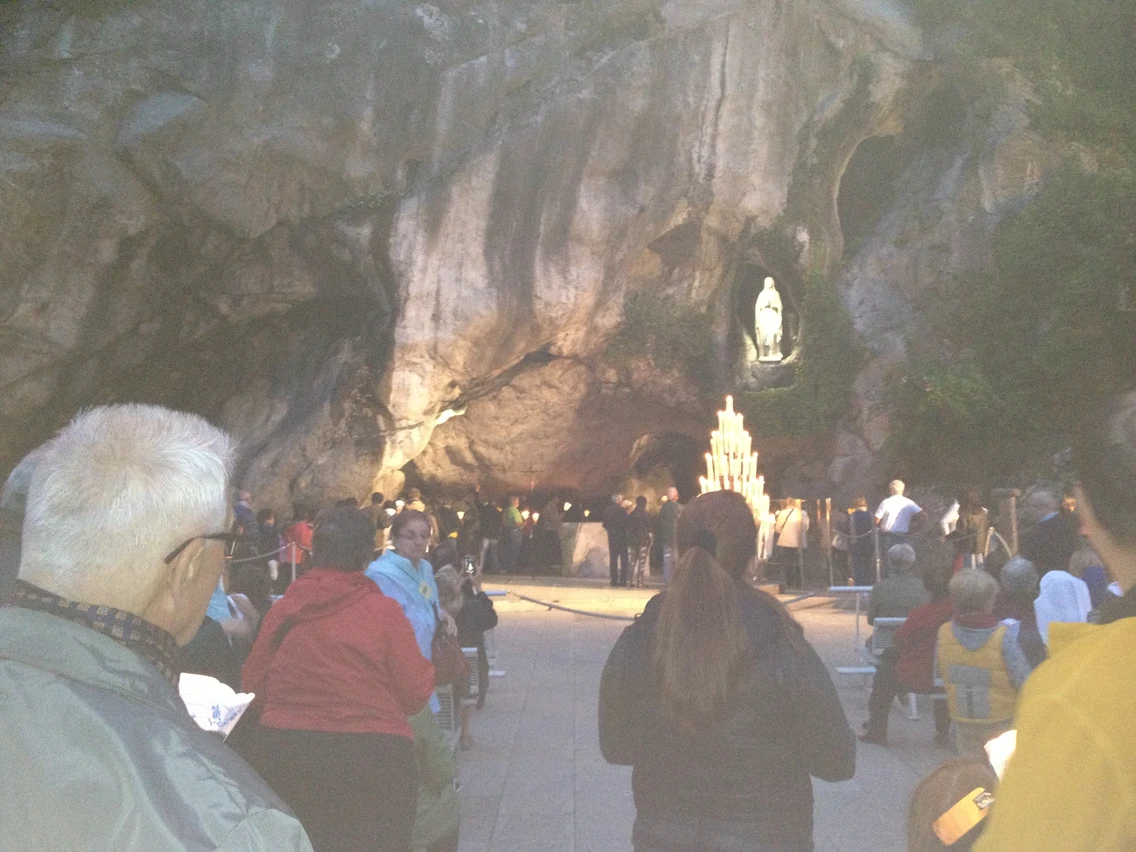
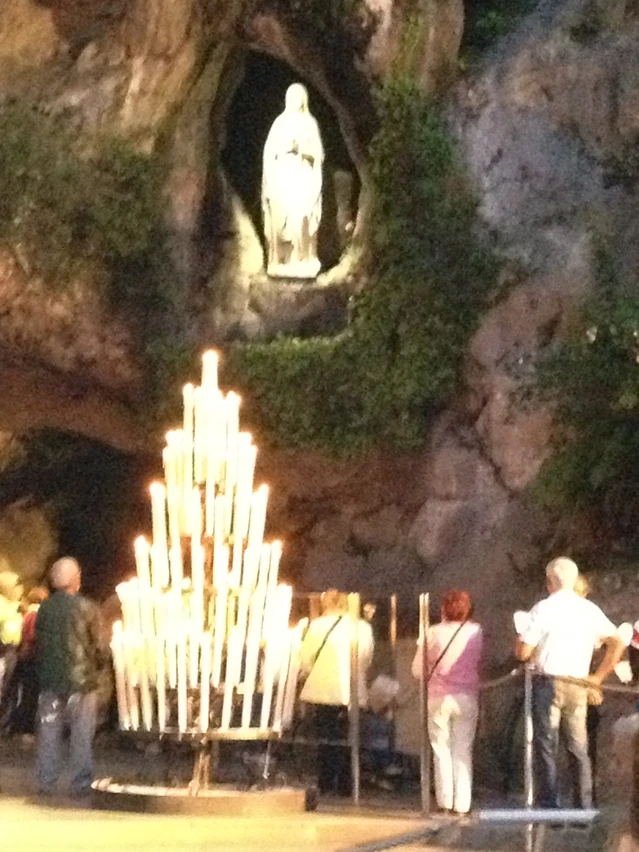




Comments